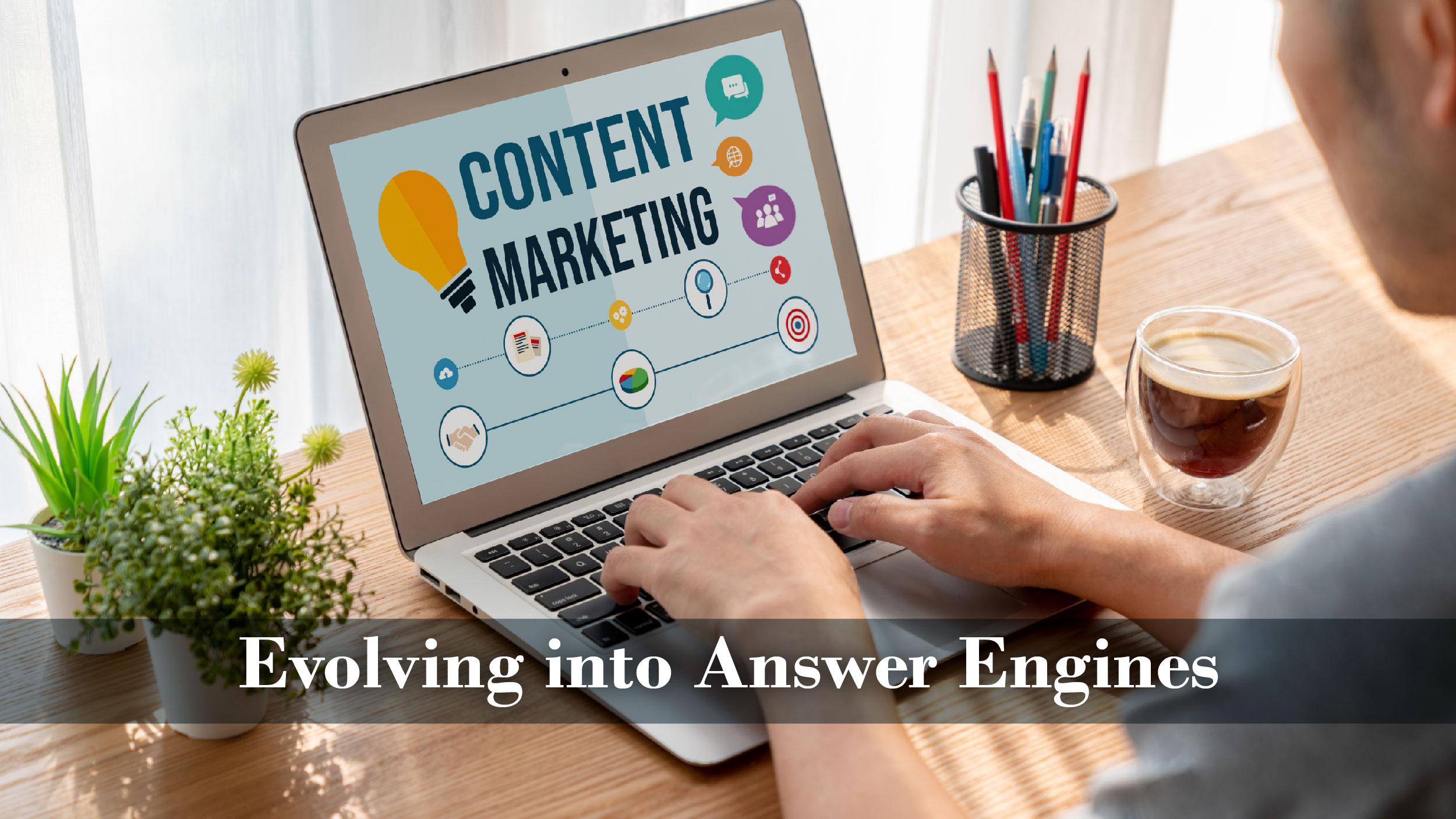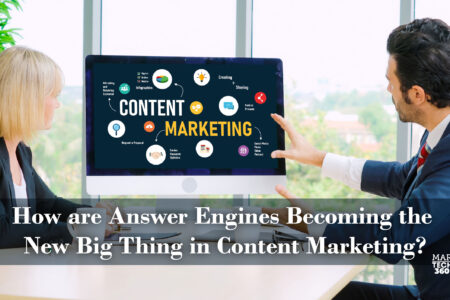In the ever-evolving landscape of content marketing, a new contender is rising to the forefront: Answer Engines. These innovative tools are changing the game, and transforming search engine visibility and the way businesses connect with their audiences. So, let’s dive in and discover how Answer Engines are becoming the latest sensation in content marketing.
What is Answer Engines?
Answer engines stand apart from traditional search engines by offering direct, to-the-point answers to user questions. These intelligent systems rely on artificial intelligence and natural language processing to grasp the user’s intent and provide concise, relevant responses. Rather than presenting a list of websites like conventional search engines, answer engines aim to deliver solutions right away. Answer Engine Optimization (AEO) is a specialized branch of Search Engine Optimization (SEO) focused on tailoring and structuring content to enhance visibility and prominence in answer engine search results.
Changing Intents
The practice of optimizing your website for traffic and interaction, also known as SEO, has been popular in recent years. To boost interaction and visibility, content writers are now focused on keyword placement and backlinks. Search engines prioritize search-engine-optimized content over generic information, resulting in higher website traffic.
Search has evolved from just discovering information to ranking relevant and relevant results for consumers. Today’s search, on the other hand, is about more than detecting intent and delivering relevant results. The objective of the search strategy is to understand intent-driven questions and to provide intent-driven responses.
Search engines are gradually transforming into answering engines as a result of the development of voice search. A voice inquiry is usually in the form of a dialogue or a question-and-answer format. As a result, search engines must respond in a particular way. Traditional search focused on what was available, how relevant it was, and the credibility of the source in order to provide relevant results. By analyzing what consumers do or expect, the engines will now evaluate and iterate the process in order to learn the intent and give a high-quality output.
Evolving into Answer Engines

For example, Google, the most popular search engine, has already made significant progress in this area. For example, featured snippets and the knowledge graph, which is the info box adjacent to the search results, provide instant solutions to the searcher’s questions without requiring them to visit another website.
This raises a crucial question: Is Google an answer engine? Right now, the answer is obscure, to say the least. The concept of an answer engine isn’t too distinct from that of a search engine. It’s even possible to argue that search engines are morphing into answer engines. They’re reading patterns, deducing intent, and giving responses based on their seed sets.
Future of Answer Engine Optimization
The subject of optimization emerges frequently in a setting where search engines appear to be evolving into answer engines. It begs the question of whether it will be Answer Engines vs Search Engines for all content creators on the internet. Unfortunately, that is not the case. Although each engine has its own set of optimization rules, they are very similar. The main distinction is that while search engines do not require specific information to appear in the results, answer engines do.
The understanding of Answer engines rests on the fact that Answer Engine Optimization (AEO) is the thing of the future. The engine is evolving with the trends and preferences of the user. The more clicks, queries, data, backlinks, and other interactions a page receives, the higher the chances of getting more traffic and ultimately business. The importance of visibility in the age of the internet is high.
Understanding one’s audience is the only way to create good AEO material. Businesses will need to make their websites more user-friendly and optimize their content. In order to reach people directly across their devices they would have to evolve alongside their audience. The only way to do so is to align content with user inquiries and respond to them. ‘Query-Friendly’ is the future of marketing.
Mastering Answer Engine Optimization for Your Business
· Understanding Data Sources
Start by identifying and comprehending the data sources that these engines rely on for training. Answer Engine Optimization (AEO) revolves around making sure the content and data you put out there can be easily accessed and used to train answer engines. Building a strong community and encouraging user-generated content can be a powerful way to become a primary source of information for these engines.
· Getting into Your Audience’s Shoes
To truly grasp what generative AI considers the best answers, try asking the questions your target audience commonly asks using the platforms they prefer for inquiry. By structuring your content based on the answers you find, you can create a foundation that aligns with user expectations.
· Adding Your Brand’s Unique Flavor
But that’s not all. To take your content to the next level, infuse it with your unique brand perspective. Add a touch that sets your business apart from the rest. This ensures your content doesn’t just answer user queries; it also adds a distinctive flavor that aligns perfectly with your brand identity.
In a nutshell, mastering AEO is all about becoming a trusted and valuable resource for both the engines and your audience.
Final Words
As Google maintains its reign over the search world, the emergence of AEO, chatbots, and virtual assistants has expanded the arsenal for businesses to connect with their audience. It’s a battle of old versus new, with Google as the reigning monarch and these fresh tools as the daring challengers. The victor remains uncertain, but one thing’s for sure: businesses that adapt and stay ahead in the evolving search landscape will thrive in the digital realm. So, gear up your content, focus on answering questions, and improve your search engine visibility.

